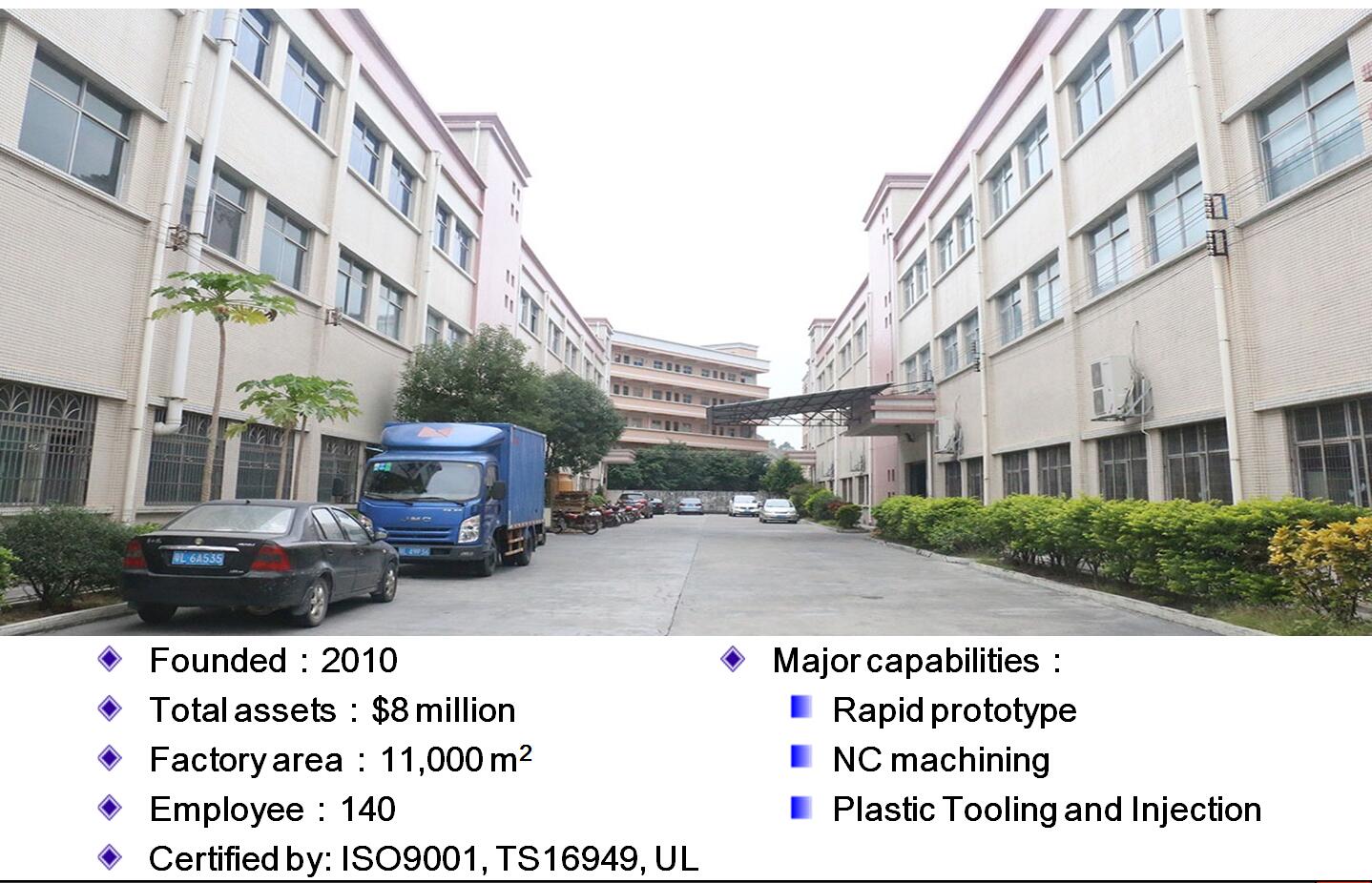La durezza del trattamento termico dello stampo è un indice di proprietà meccaniche molto importante, e la durezza non qualificata è un difetto molto grave. La durezza insufficiente o la durezza irregolare dopo il trattamento termico ridurranno la resistenza all'usura e la resistenza alla fatica dello stampo, portare al cedimento precoce dello stampo, e ridurre seriamente la durata dello stampo.

- cause
1) La sezione dello stampo è ampia e la temprabilità dell'acciaio è scarsa. Per esempio, the steel with low hardenability is selected for the large-scale mould.
2) Carbide segregation is serious or coarse in the original structure of die steel. Graphite carbon and carbide segregation and aggregation exist in the steel.
3) The forging process of the mould is incorrect, and no good spheroidizing annealing is carried out after forging, resulting in poor spheroidizing structure of the mould steel.
4) The decarburization layer on the surface of the mould is not removed by annealing or quenching heating.
5) Excessive quenching temperature and excessive retained austenite after quenching, or too low quenching temperature and insufficient heating and holding time make the phase transformation of mould steel incomplete.
6) After quenching and heating, the cooling speed of the mould is too slow, the grading and isothermal temperature are too high or the time is too long, and the selection of quenching cooling medium is inappropriate.
7) too little water in alkali bath or too much impurity in quenching cooling medium or aging of quenching cooling medium.
8) Temperature is too high and cooling is insufficient when the quenching cooling medium is released after quenching and cooling of the mould.
9) insufficient tempering and high tempering temperature.
- Countermeasures
1) Correct selection of mould steel, large-scale mould should choose high alloy mould steel with high hardenability.
2) Strengthen the inspection of raw materials to ensure that raw materials meet the standards. Reasonable forging and spheroidizing annealing are carried out on the steel with bad raw materials to ensure good structure. Carbon tool steels are not easily annealed many times to prevent graphitization.
3) Strict implementation of forging and spheroidizing annealing processes to ensure a good preparation of heat treatment structure.
4) Before heat treatment, rust spots and oxide scales on the surface of the mould should be thoroughly removed, and attention should be paid to the protection during heating. Vacuum heating quenching or protective atmosphere heating quenching should be adopted as far as possible, and good deoxidization treatment should be carried out when salt bath heating.
5) Correctly formulate the process parameters of quenching and heating of the die to ensure that the phase transformation is sufficient and the cooling speed is faster than the critical cooling speed to obtain qualified metallographic structure.
6) Correct selection of quenching medium and cooling mode, strict control of classification and isothermal temperature and time.
7) The water content of alkali bath should be strictly controlled. The quenching cooling medium used for a long time should be filtered and replaced regularly, and kept clean. The quenching cooling characteristic curve should be tested regularly.
8) For large-sized moulds, the time of immersion in quenching cooling medium should be prolonged to prevent the temperature of quenching cooling medium from being too high.
9) Dopo l'estinzione, the mould should be tempered promptly and sufficiently, and the tempering temperature should be prevented from being too high.
10) The mould with high hardness requirement can be treated by cryogenic treatment (per esempio. – 110 ~196 C).
11) Surface strengthening.

JasonMuld Industrial Company Limited, stabilito in 2010, è un leader Fabbrica di stampi in Cina. JasonMould è specializzato nella produzione di stampi in plastica per elettrodomestici, attrezzature mediche, apparecchiature elettroniche, dispositivi di sicurezza e sistema di monitoraggio monitoring.
L'azienda ha finito 15000 fabbrica di metri quadrati. Con divisioni di utensili per iniezione plastica che possiedono diversi macchinari e competenze, JasonMould offre strumenti da parti di telefoni cellulari piccole e precise a parti grandi come automobili. I nostri strumenti vengono esportati principalmente negli Stati Uniti., Europa, Giappone e Regno Unito. La strategia di diversificazione di JasonMould e il servizio completo hanno ricevuto complimenti dai clienti di tutto il mondo.
La nostra missione è fornire ai nostri clienti prodotti e servizi di stampaggio di alta qualità. Miriamo a superare le aspettative di prezzo dei nostri clienti, qualità e puntualità nelle consegne. Per raggiungere la nostra missione, JasonMold:
- Si impegna a migliorare continuamente le capacità e l'efficienza dei dipendenti,
- Fornisce ai nostri dipendenti un ambiente di lavoro pulito e sicuro,
- Aggiorna la tecnologia della macchina e le attrezzature di supporto attraverso un rigoroso programma di manutenzione, e
- Mantiene gli utensili dei clienti al massimo delle prestazioni
Le diverse forme di plastica nei diversi stili possono essere facilmente acquisite in fase di stampaggio Costo dello stampaggio ad iniezione in Cina,per favore visita https://www.jasonmolding.com/
Richiesta Contatto:
Referente: James Yuan
Nome della ditta: JasonMuld Industrial Company Limited
Indirizzo: Villaggio LongGang,Città di LongXi,Contea di BoLuo,HuiZhou Cityhou,Provincia di Guangdong, Cina
Telefono: 86-752-6682869
E-mail: [email protected]
Sito web: https://www.jasonmolding.com


